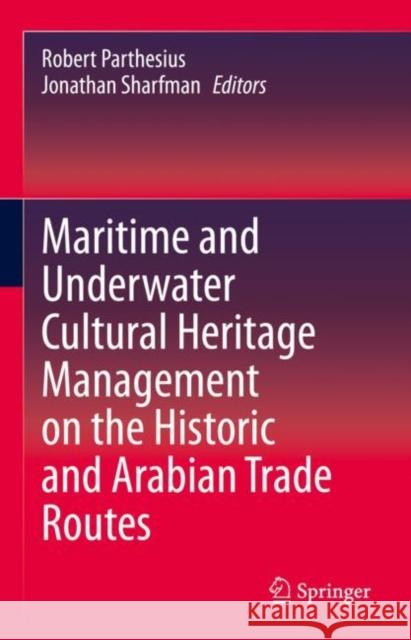Maritime and Underwater Cultural Heritage Management on the Historic and Arabian Trade Routes » książka
topmenu
Maritime and Underwater Cultural Heritage Management on the Historic and Arabian Trade Routes
ISBN-13: 9783030558369 / Angielski / Twarda / 2020 / 171 str.
Maritime and Underwater Cultural Heritage Management on the Historic and Arabian Trade Routes
ISBN-13: 9783030558369 / Angielski / Twarda / 2020 / 171 str.
cena 443,82
(netto: 422,69 VAT: 5%)
Najniższa cena z 30 dni: 424,07
(netto: 422,69 VAT: 5%)
Najniższa cena z 30 dni: 424,07
Termin realizacji zamówienia:
ok. 22 dni roboczych
Bez gwarancji dostawy przed świętami
ok. 22 dni roboczych
Bez gwarancji dostawy przed świętami
Darmowa dostawa!
Kategorie BISAC:
Wydawca:
Springer
Język:
Angielski
ISBN-13:
9783030558369
Rok wydania:
2020
Wydanie:
2020
Ilość stron:
171
Waga:
0.41 kg
Wymiary:
23.88 x 19.56 x 1.27
Oprawa:
Twarda
Wolumenów:
01











